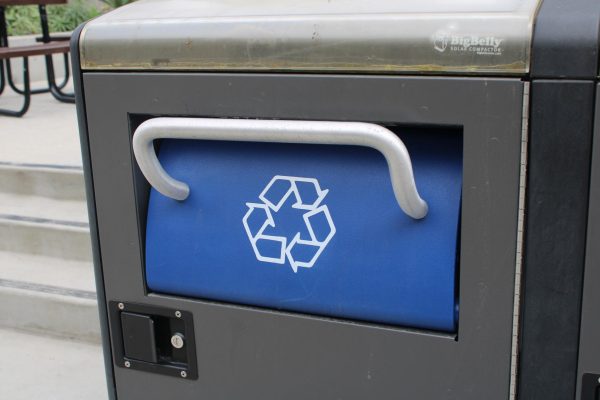Rightful Distribution of Student Loan Debt Relief

Courtesy of Pexels
November 4, 2022
President Joe Biden announced in August of 2022 the plan to relieve major student debt. This relief was planned to take effect on October 23rd, but it was unfortunately put on hold by the U.S court of appeals so they can review one of many unnecessary lawsuits against this debt relief.
Biden plans to forgive $10,000 of student loan debt to individuals who made less than $125,000 and married couples who made less than $250,000 in the years 2021 and 2020, in addition to $20,000 of student loan debt to those who meet the income requirement and received a Pell Grant in college.
“I can assure you that my Republican colleagues and I will fight to the bitter end against this illegal, abusive use of the executive pen,” Representative Virginia Foxx commented in her speech on September 13th,2022.
Many Republicans have concluded Biden’s plan is unconstitutional and he does not have the power to establish this plan. However, this can be countered by the act that President George W. Bush set in 2001 titled the HEROES ACT. The HEROES ACT is used to provide financial aid during crisis periods such as the pandemic and wars. This act was first distributed after the 9/11 attack to give financial aid to soldiers who fought in Iraq and Afghanistan.
“We conclude that the Act grants that authority. The plain text of the HEROES Act authorizes the Secretary to ‘waive or modify any statutory or regulatory provision applicable to,’” states the Justice Department’s memo in 2022.
Not only does the Justice Department state that this act is in fact constitutional, but during Donald Trump’s presidency, he used the HEROES ACT to freeze payments to aid student borrowers during the pandemic. All Joe Biden did was add an additional concept to the one Trump had administered: $10,000 of student loan debt relief. If Trump relieved students of some debt during the pandemic, why is it when Biden enacts the same relief he is sued many times?
Nevertheless, the claim that this act is unconstitutional is not the only argument towards the relief. Students who are eligible for this relief argue against the taxing of citizens in a state if this plan was enacted.
In his article titled “A look inside the legal battle to stop Biden’s student loan relief” Cory Turner explains, “Borrowers in as many as seven states (though likely fewer) could end up having to pay state income tax on their relief – a tax of perhaps $500 to $1,000 that they may not be able to afford.”
Many states in the U.S. currently enact taxes for student loan forgiveness, which has worried individuals living in these states. But in the long run, even if a student pays a tax in their state, the relief will still support them and decrease the amount of debt.
“If the forgiven $10,000 had been from a loan with a 5% interest rate with five years left, you would have paid over $1,300 in interest. When charged income tax you pay $700 now, bringing your total savings to just over $10,600 thanks to student loan forgiveness despite paying income taxes,” explains Emily Cahill in her September issue titled “Will my student loan Debt Forgiveness be Taxed?”
In summary, even if an individual resides in a state that requires a tax for the relief the student will be paying more for loan interest than the tax itself.
The argument and lawsuits against this relief are ridiculous. Students pay thousands of dollars to receive an education which eventually leads to a career. Why should we argue against something that is supporting individuals who need financial help? Not everyone in this world has the money to pay off all their debt or go to college and there is a need for government help. For President Biden to support these students struggling is a great accomplishment because no one should be worried about paying off debt for their whole life. This student loan debt relief is what this country needs.












